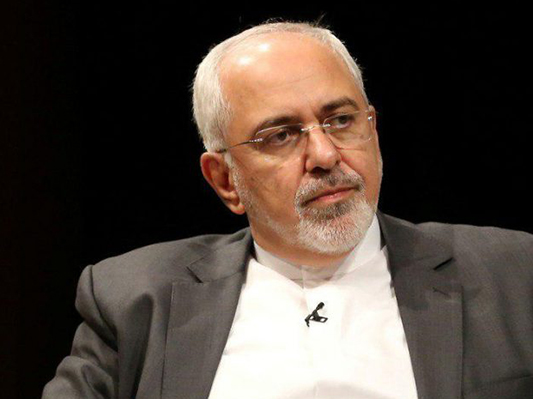The Afghan government has promised to provide Iran with the share of water from the Hirmand River and has also pledged to supply the water for Hamoon wetlands, the top Iranian diplomat said at a parliamentary session on Sunday.
He also unveiled plans for the legal regime of the Hari (Heray) Rud River, saying the two neighbors have for the first time reached agreements on the river.
Although there are various options to receive Iran’s share of water for Hamoon -such as adopting strict policies towards Afghanistan in certain areas- the relations between Tehran and Kabul are always brotherly and friendly, the top diplomat added.
Highlighting the efforts by Iran’s Foreign Ministry to protect the country’s right to the share of water from Hirmand and Hamoon, Zarif said the two neighbors have agreed to set up five committees to handle various bilateral issues, including disputes over the water share.
The Foreign Ministry sent two protest letters to Afghanistan in March and April to remind Kabul of Iran’s rights under a 1973 treaty, Zarif went on to say, noting that the Afghan ambassador to Tehran has been also informed of Iran’s stances.
Iran and Afghanistan have a disagreement over allocation of water from the Hirmand River, as both sides suffer from droughts and climate change.
In a move in violation of a 1973 treaty with Iran, Afghanistan has refused to supply its neighbor with share of water from Hirmand, which rises in Afghanistan and flows through eastern parts of Iran, according to Iran’s Energy Ministry.
According to the treaty, Afghanistan is committed to share waters of the Hirmand River with Iran and supply it with 26 cubic meters of Hirmand water per second or 850 million cubic meters per annum.
The annual 850 million cubic meters of water for Iran has been initially allocated for drinking and irrigation of farmlands, which falls far short of the minimum flow required to feed Hamoon wetlands, which straddle Iran-Afghan common border and are fed by the Hirmand River.
In the last two decades, the fertile wetlands have substantially dried up. The Taliban government closed the sluices to the Kajaki dam on Hirmand until 2002. This compounded the impact of the worst drought the region has experienced in many decades, caused in part by climate change and warming temperatures.
